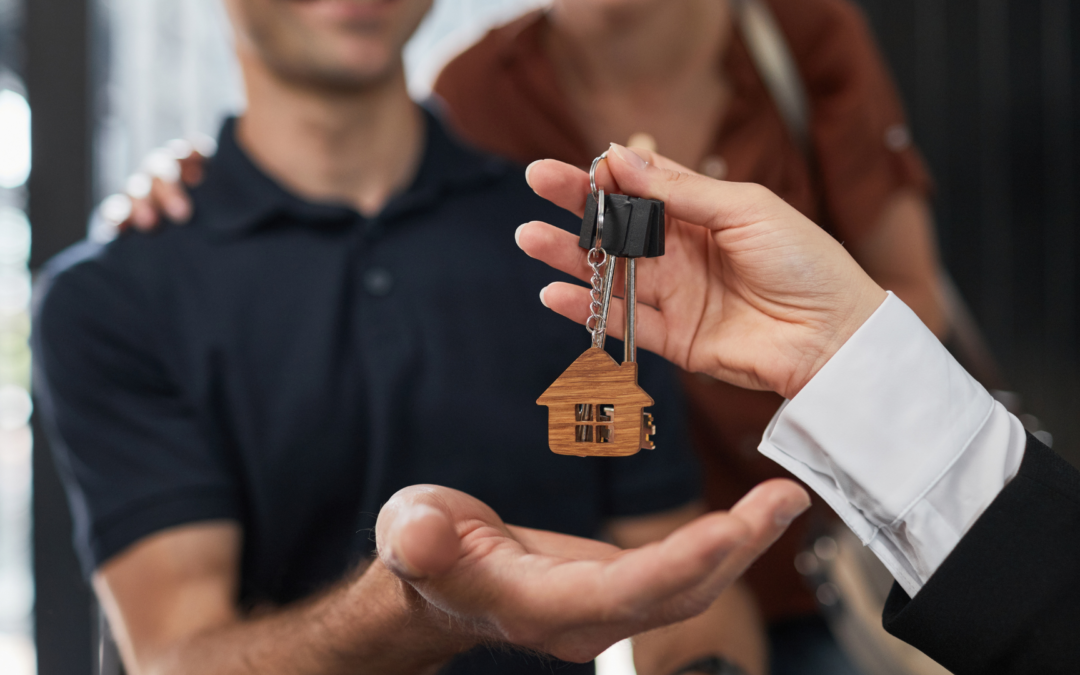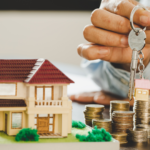Buying a new home while still owning your current one may seem challenging, but with the right approach, it can be done smoothly and efficiently. Whether you’re looking to upgrade, downsize, or relocate, here are three smart strategies for buying a new home while still owning one.
Here is a guide that can help you with this process:
Bridge Financing:
Bridge financing, also known as a bridge loan or bridge mortgage, is a short-term loan that can help you bridge the gap between buying a new home and selling your current one. This type of financing allows you to use the equity in your existing home as collateral to secure a loan for the down payment on your new home. Bridge loans typically have higher interest rates and fees than traditional mortgages, but they provide the flexibility you need to make a competitive offer on a new home without having to wait for your current home to sell. Once your current home sells, you can use the proceeds to pay off the bridge loan.
Contingent Offer:
Another option is to make a contingent offer on the new home, which means your offer is contingent upon the sale of your current home. This strategy allows you to shop for a new home while still living in your current one. If your offer is accepted, you’ll have a specified period of time to sell your home before the sale of the new home is finalized. While contingent offers can be less appealing to sellers, especially in competitive markets, they can be a viable option if you’re not in a rush to move and want to minimize the financial risk.
Rent Back Agreement:
A rent-back agreement, also known as a leaseback or post-settlement occupancy agreement, allows you to sell your current home but remain in it as a tenant for a specified period after the sale closes. This arrangement gives you extra time to find and move into your new home without having to rush the selling process. Rent-back agreements are negotiated between the buyer and seller as part of the home sale contract and typically involve paying rent to the new owner for the duration of the agreed-upon leaseback period.
Whichever strategy you choose, it’s essential to carefully consider your financial situation, housing market conditions, and personal preferences before making any decisions. Consulting with a knowledgeable real estate agent or financial advisor can also help you weigh your options and make the best choice for your circumstances. With the right planning and approach, you can successfully buy a new home while still owning your current one.
Visit our website and follow us on our social media:
https://www.facebook.com/petercunhanj/
https://www.instagram.com/petercunharealestateteam/
https://www.linkedin.com/in/petersellsrealestate/
https://www.youtube.com/channel/UCFfZfsJPsI9vQev9ivS1Dyw






